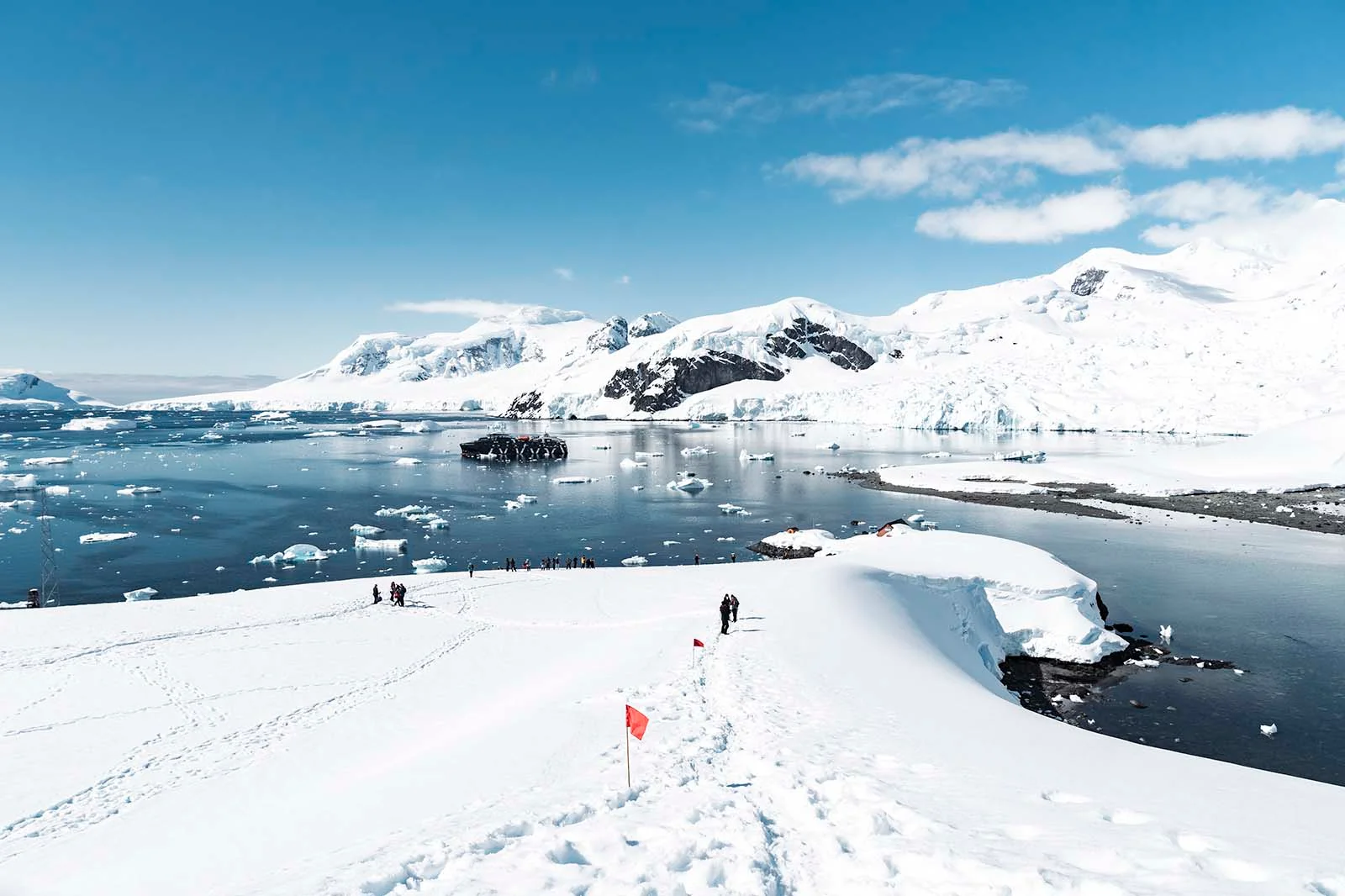
Arctic vs Antarctic: Comparing Small Ship Expeditions | Travel Blog
Ever dreamt of standing on the deck of a small ship, wrapped in layers against the biting cold, watching a polar bear stalk its prey across Arctic ice? Or maybe you've imagined seeing penguins waddle and play amidst towering Antarctic icebergs?
Sounds like an adventure ripped straight from National Geographic, right?
But these are not just dreams. These experiences can be your reality with expedition cruises to Earth's poles. This isn't about lying on sun-drenched decks or sipping fruity cocktails - it's about raw nature and extreme landscapes.
We're going deep into the realms of polar bears and penguins – Arctic versus Antarctic small ship expeditions. From wildlife encounters to geographical wonders, access points to time and cost considerations...we'll give you all the details.
Buckle up for this chilling ride!
Table of content
- Unveiling the Arctic and Antarctic Cruise Experiences
- Understanding Geographical Differences Between Arctic and Antarctic
- Access Points for Arctic and Antarctic Cruises
- Time and Cost Considerations for Polar Cruises
- Making the Most of Your Polar Cruise Experience
- FAQs in Relation to Arctic vs Antarctic Small Ship Expedition Cruises
- Conclusion
Unveiling the Arctic and Antarctic Cruise Experiences
If you've ever dreamed of witnessing polar bears in their natural habitat or being surrounded by a colony of penguins, then embarking on an expedition cruise to the Arctic or Antarctica might just be your dream come true. But these two polar regions offer much more than wildlife encounters.
Imagine standing on the deck of a small ship as it slices through icy waters under a midnight sun, surrounded by stunning landscapes that most people only see in nature documentaries. Or imagine zipping around icebergs in Zodiac boats with expert guides who bring decades of experience and knowledge about these remote parts of our planet.
Iconic Wildlife of the Polar Regions
In both Antarctica and the Arctic, you'll have unparalleled opportunities for close-up views of iconic wildlife. In Antarctica, colonies upon colonies await—gentoo, Adélie, chinstrap penguins each offering unique displays amidst breath-taking scenery. Stat 1: Did you know there are approximately 12 million penguins living in Antarctica?
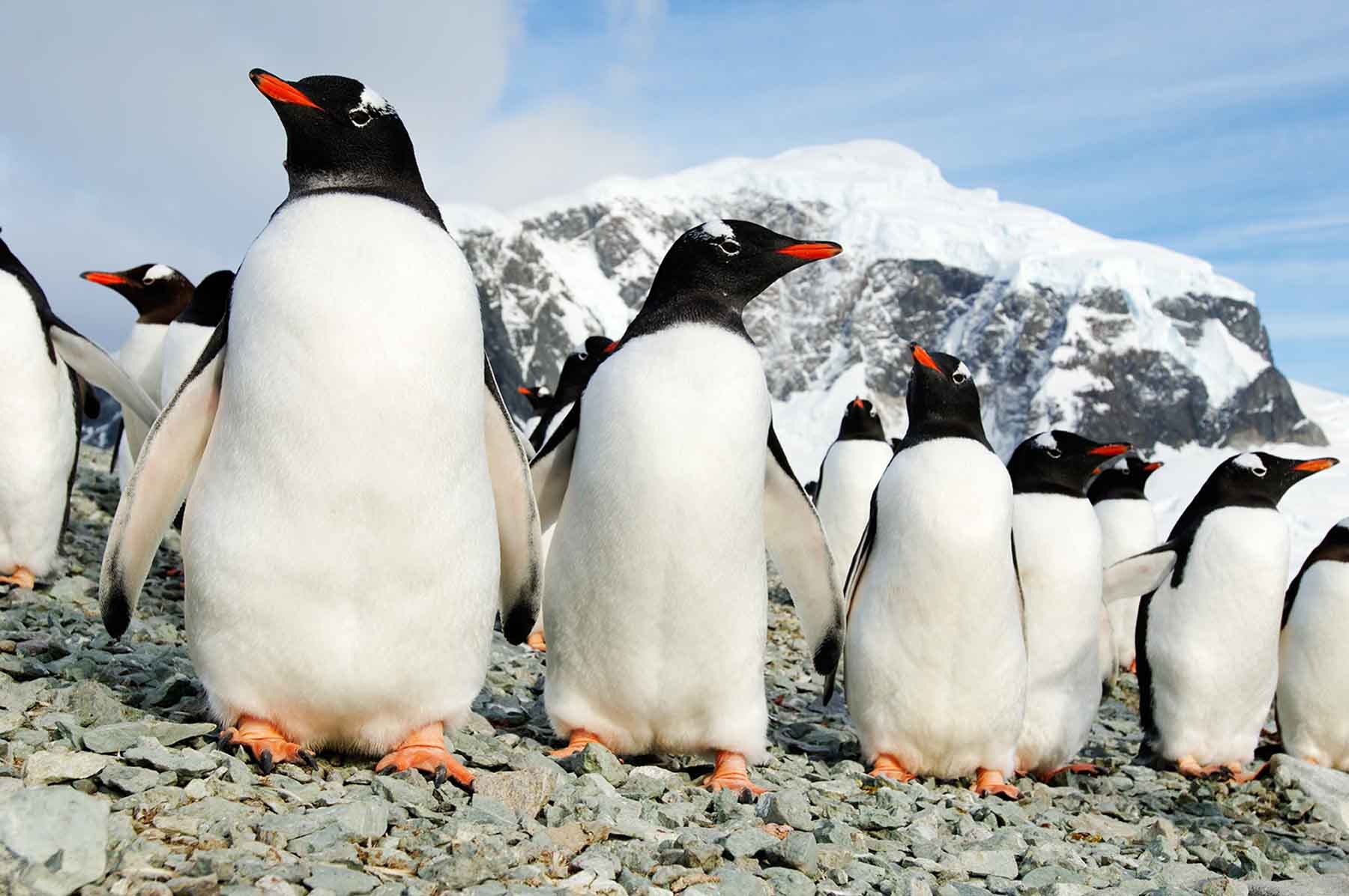
The Arctic, however, is synonymous with majestic polar bears—the largest land predators on Earth. Spotting one hunting seals or strolling across sea ice is sure to leave any traveler spellbound. Stat 2: The global population estimate for wild polar bears lies between 22k-31k individuals according to recent data.
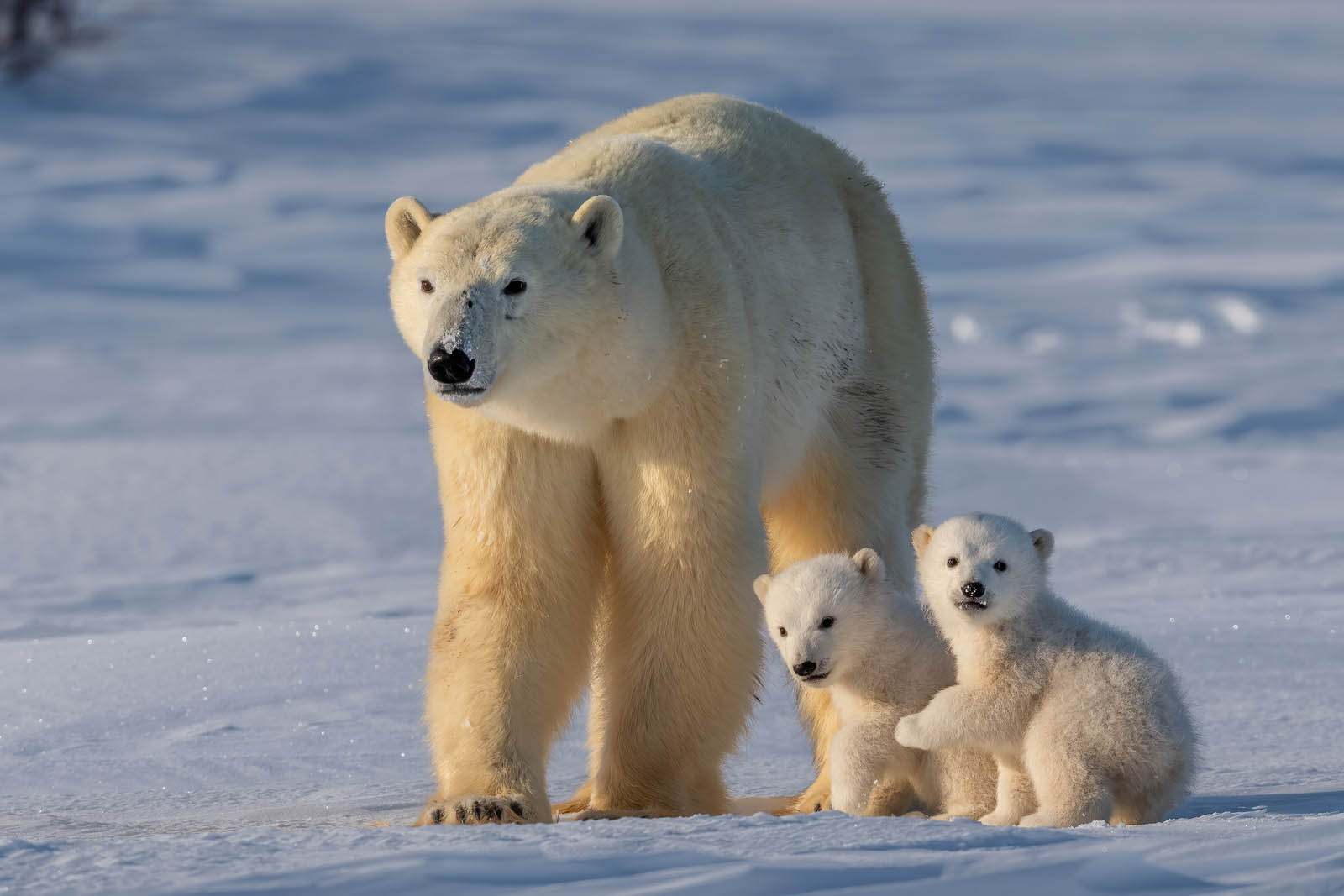
Expedition Cruises: Your Gateway to The Poles
To explore such raw beauty safely and responsibly requires specialized vessels and experienced teams. This is where expedition cruises shine. Stat 3: An estimated 50k travelers embark on Antarctic expeditions annually, with similar numbers for the Arctic.
These specialized ships, designed for tough polar conditions, offer cozy living spaces and amenities. So you can explore in comfort and style. Plus, they often host talks from knowledgeable experts to enrich your adventure.
A Polar Playground:
Picture this: you're sailing through frosty waters under the glow of the midnight sun, weaving around icebergs in nimble Zodiac boats. Expert guides are on hand to enrich your journey with their knowledge about these far-flung corners of our world. Get ready for a front-row seat to view Antarctica's playful penguins or marvel at the majestic polar bears that rule over Arctic terrains.
Understanding Geographical Differences Between Arctic and Antarctic
The Arctic and the Antarctic may both be cold, remote regions at opposite ends of the Earth, but they're as different as night and day. To truly appreciate their uniqueness, we need to dive into some geography.
The Arctic: An Ocean Surrounded by Continents
When you think of the North Pole, Santa Claus might spring to mind. Let's put the fantasy aside for now and consider what else is there. The Arctic region is an ocean basin surrounded by continents, with its central point being covered by ice almost year-round.
This icy sea is encircled by parts of North America, Europe, and Asia - imagine huddling in a circle around a campfire during winter. This geographical structure makes for unique travel experiences. For instance, your journey could take you past glaciers in Greenland or through fjords in Norway before reaching polar bear territory.
Furthermore, this layout also affects climate patterns; hence summers can see 24-hour daylight – perfect for those who forget to pack their flashlights on expeditions.
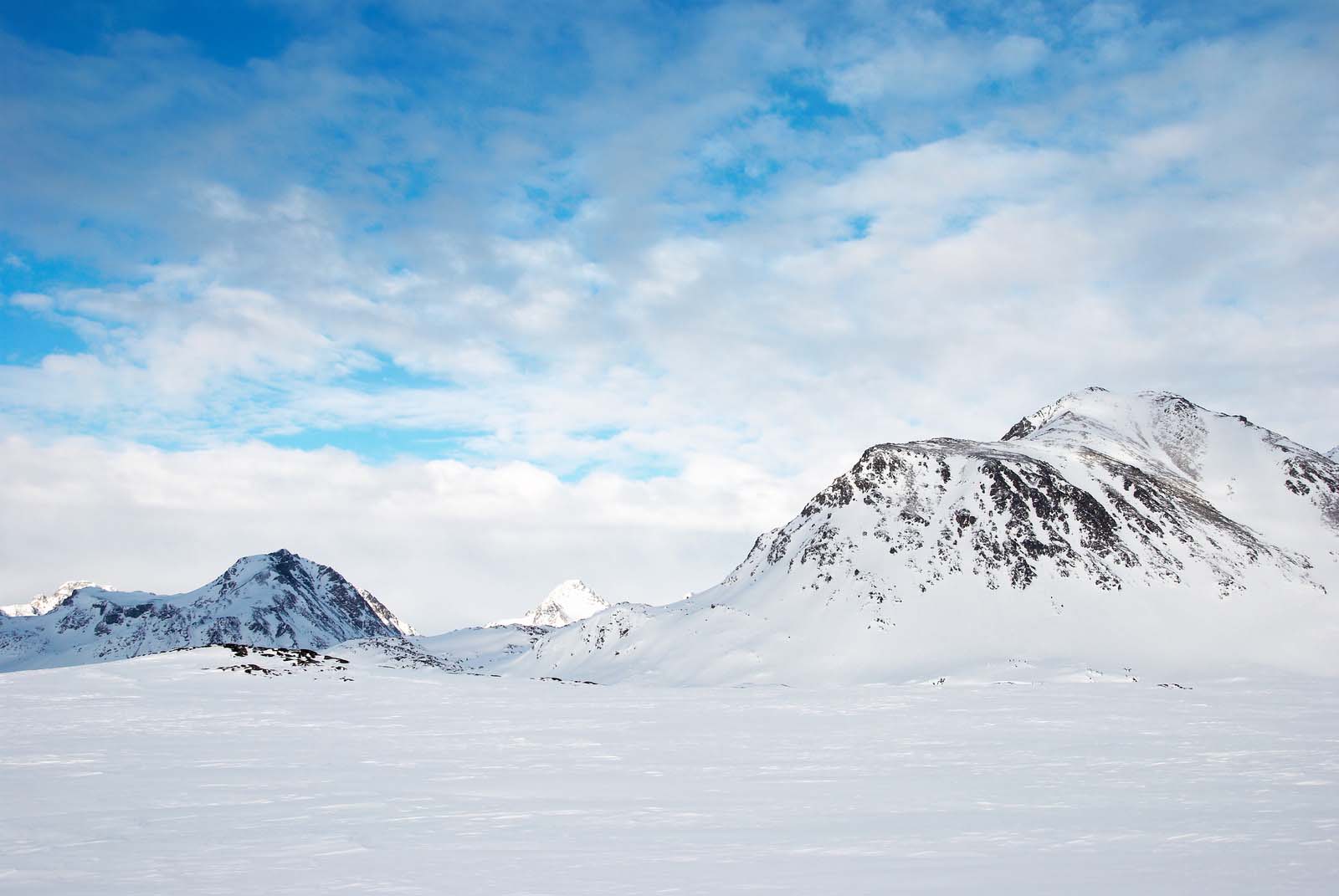
Antarctica: A Continent Surrounded by Oceans
Moving southwards from jolly old Saint Nick’s abode brings us to Antarctica. Now brace yourselves because here things get flipped upside down (quite literally.). Antarctica isn't just any continent; it's one enveloped entirely by oceans.
Antarctica's unique geographical layout includes towering ice formations and an average altitude higher than any other continent due to its massive ice piles. That's right; it's like the world’s largest outdoor freezer, keeping up to 90% of Earth’s fresh water in a deep freeze.
The isolation created by these surrounding oceans makes Antarctica one of the most pristine places on Earth – but also among the least explored. Travelers venturing here will encounter landscapes untouched by human influence, offering truly wild encounters with wildlife from penguins to seals.
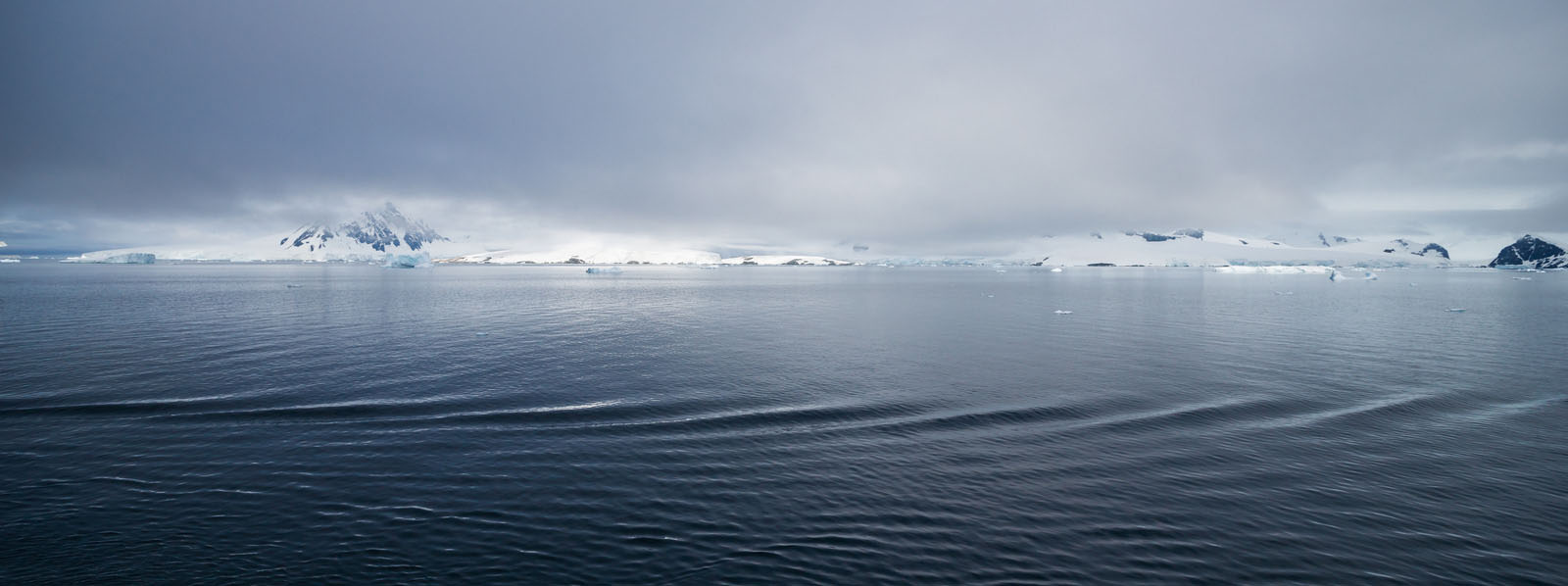
Temperature Extremes at the Poles
Both the Arctic and Antarctica are cold, but, there is so much more to them than just their icy temps. From stunning wildlife and landscapes, they're definitely worth the frostbite risk.
Earths wilderness frontiers:
Despite their chilly climes, these polar opposites each offer a breathtaking spectacle of natural beauty and wonder. From the dynamic Arctic with its unique travel experiences, to the serene isolation of Antarctica, both provide an unforgettable journey into Earth's last true wildernesses.
Access Points for Arctic and Antarctic Cruises
The accessibility of polar regions has always been a challenge, making them even more enticing to intrepid travelers. So let's delve into the different embarkation points for both Arctic and Antarctic cruises.
Embarking on an Antarctic Adventure from South America
Your journey to Antarctica usually starts at the southernmost city in the world: Ushuaia, Argentina. This quaint town is nestled amidst snow-capped mountains, offering a sneak peek of your forthcoming adventure.
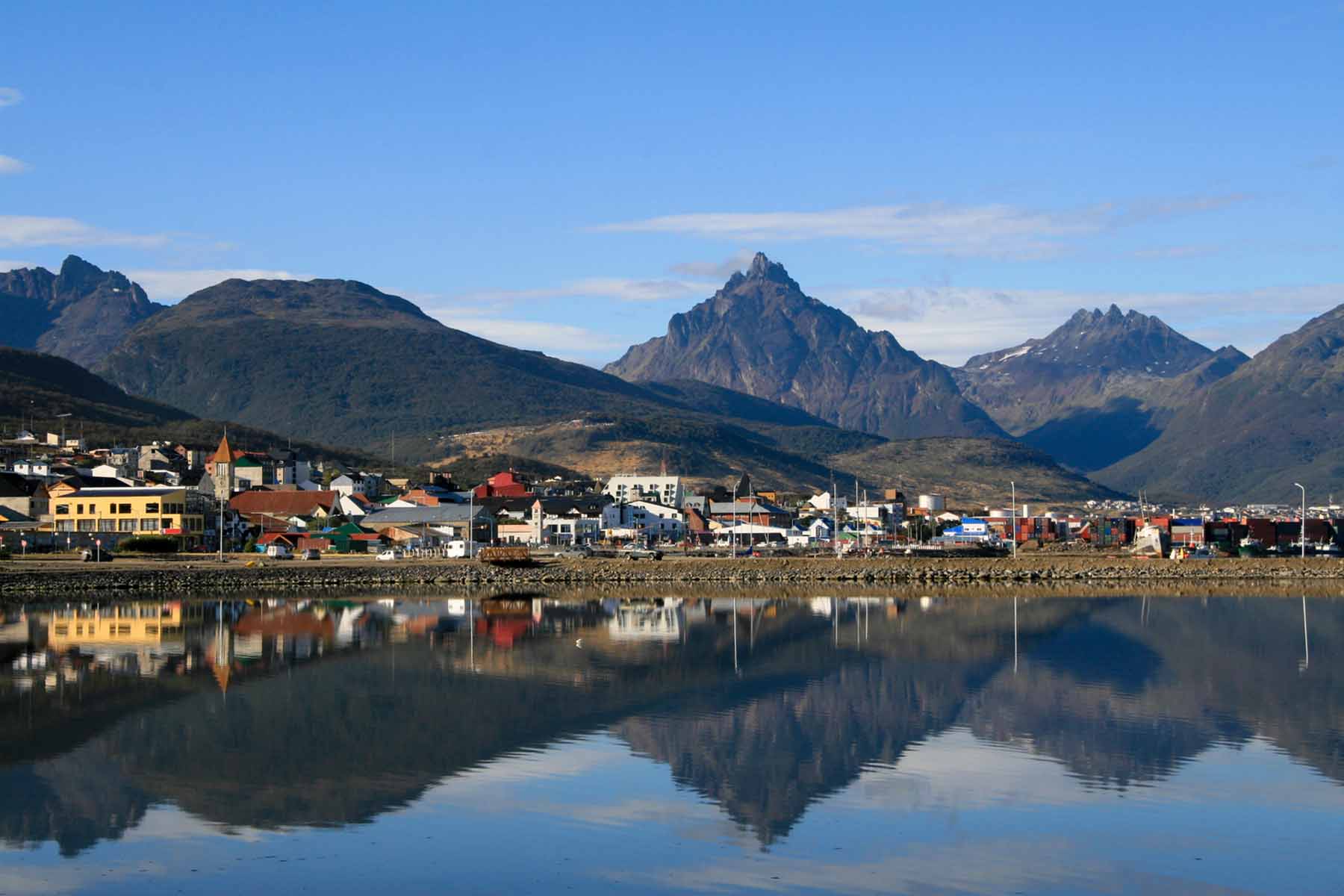
From here you'll sail through the notorious Drake Passage. It’s known as one of the most turbulent seas but that also makes it part of the thrill. After all, who doesn’t like a bit of drama? Your voyage across this tumultuous waterway could take anywhere between 1-2 days before reaching your icy paradise - Antarctica.
In some cases though if you're not keen on sailing through these choppy waters or are short on time then charter flights can whisk you away directly from Punta Arenas in Chile to King George Island located within the South Shetland Islands group, just off the coast of Antarctica.
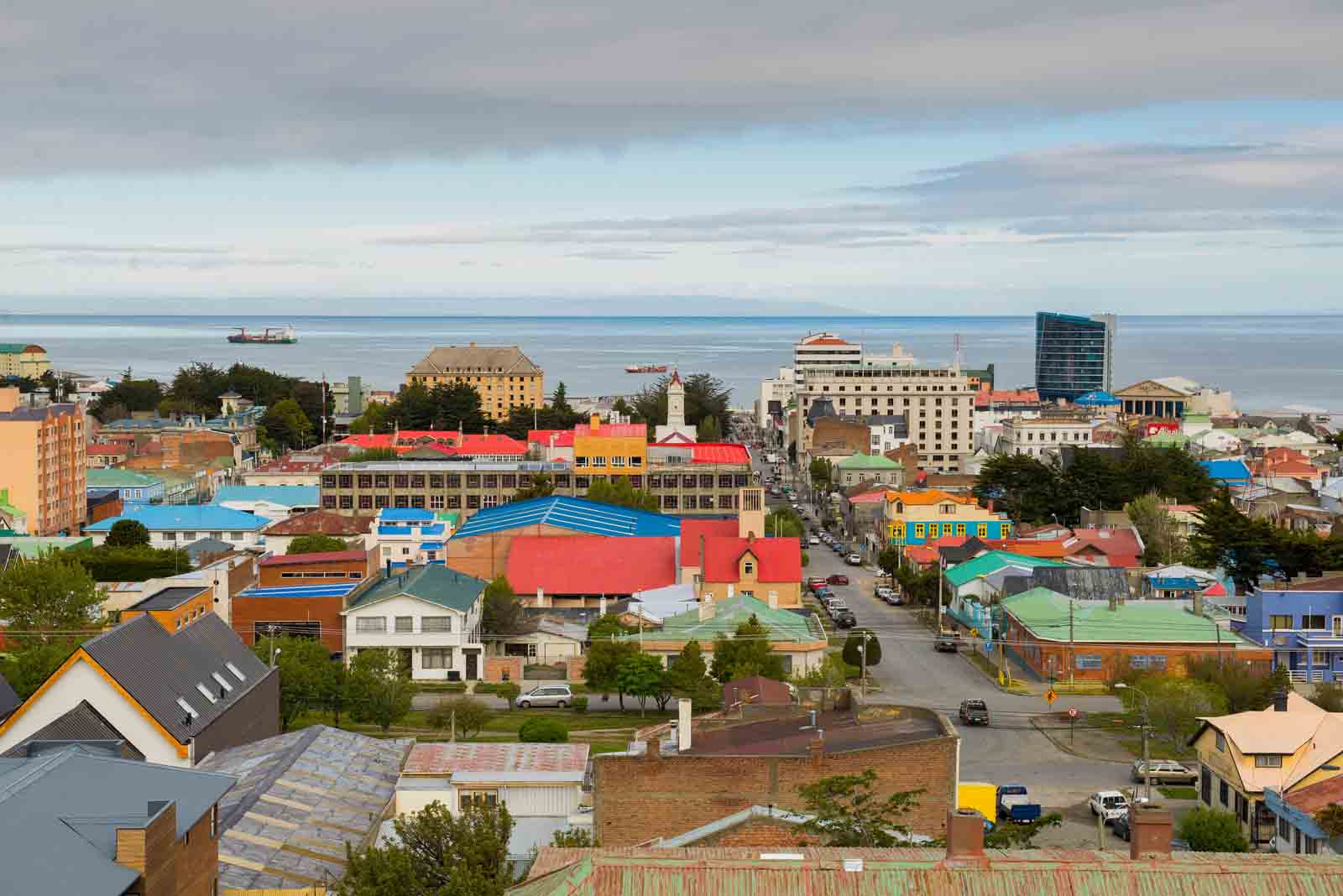
Exploring The Arctic From North America And Europe
Moving up north now – quite literally. If you fancy exploring pristine landscapes brimming with wildlife under midnight suns (yes plural.), head out towards Svalbard - Norway's northern outpost situated midway between mainland Norway and North Pole.
This archipelago serves as an excellent starting point for Arctic cruises. And, thanks to its easy accessibility via flights from Oslo, it's no surprise why Svalbard is a favorite amongst polar enthusiasts.
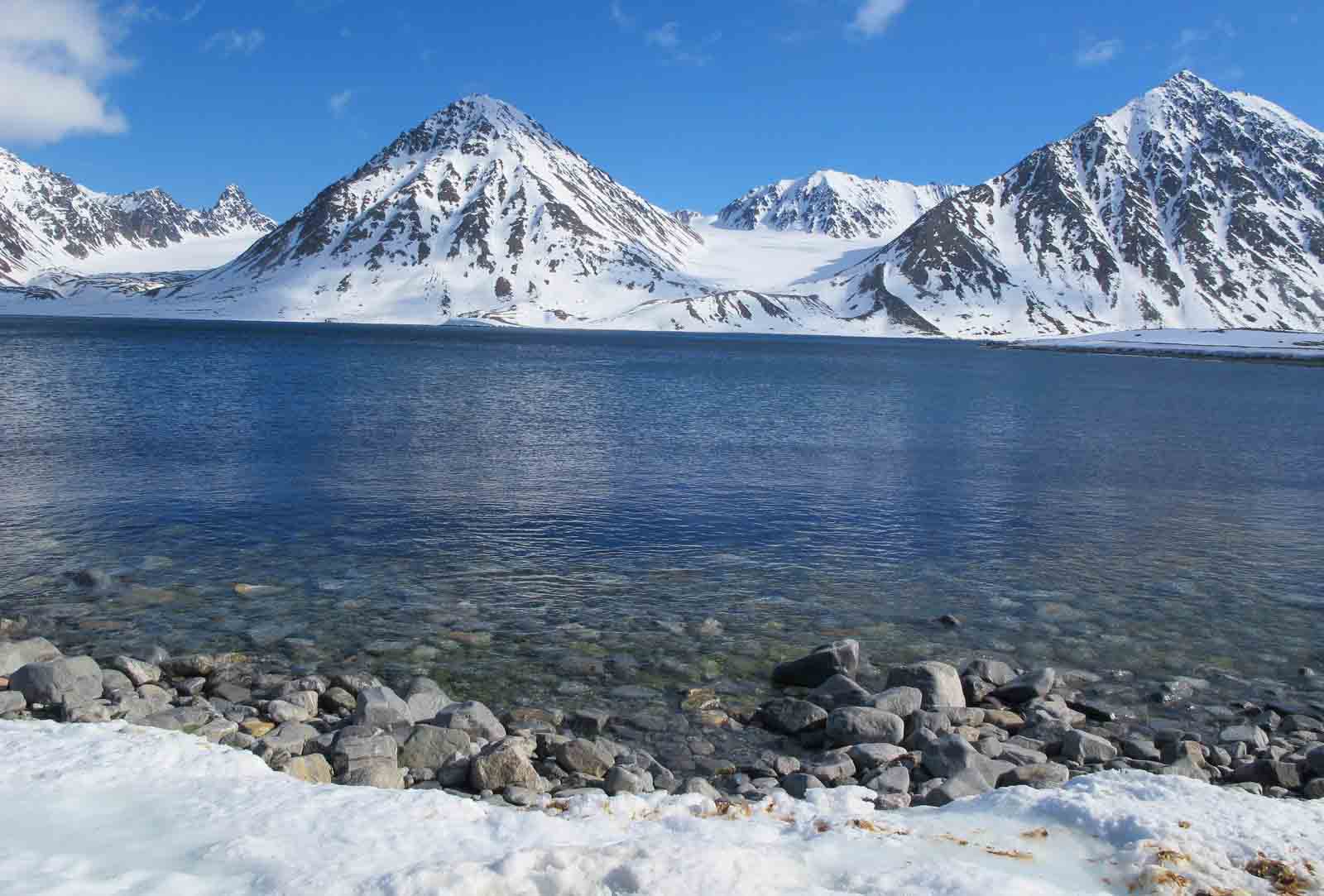
Alternatively, you could start your voyage from Tromsø - the 'Gateway to the Arctic' or even Reykjavik in Iceland if Greenland and East Canada are on your itinerary. Another popular access point for cruising North America’s northwest passage is Kangerlussuaq in West Greenland with charter flights available from Toronto or Ottawa.
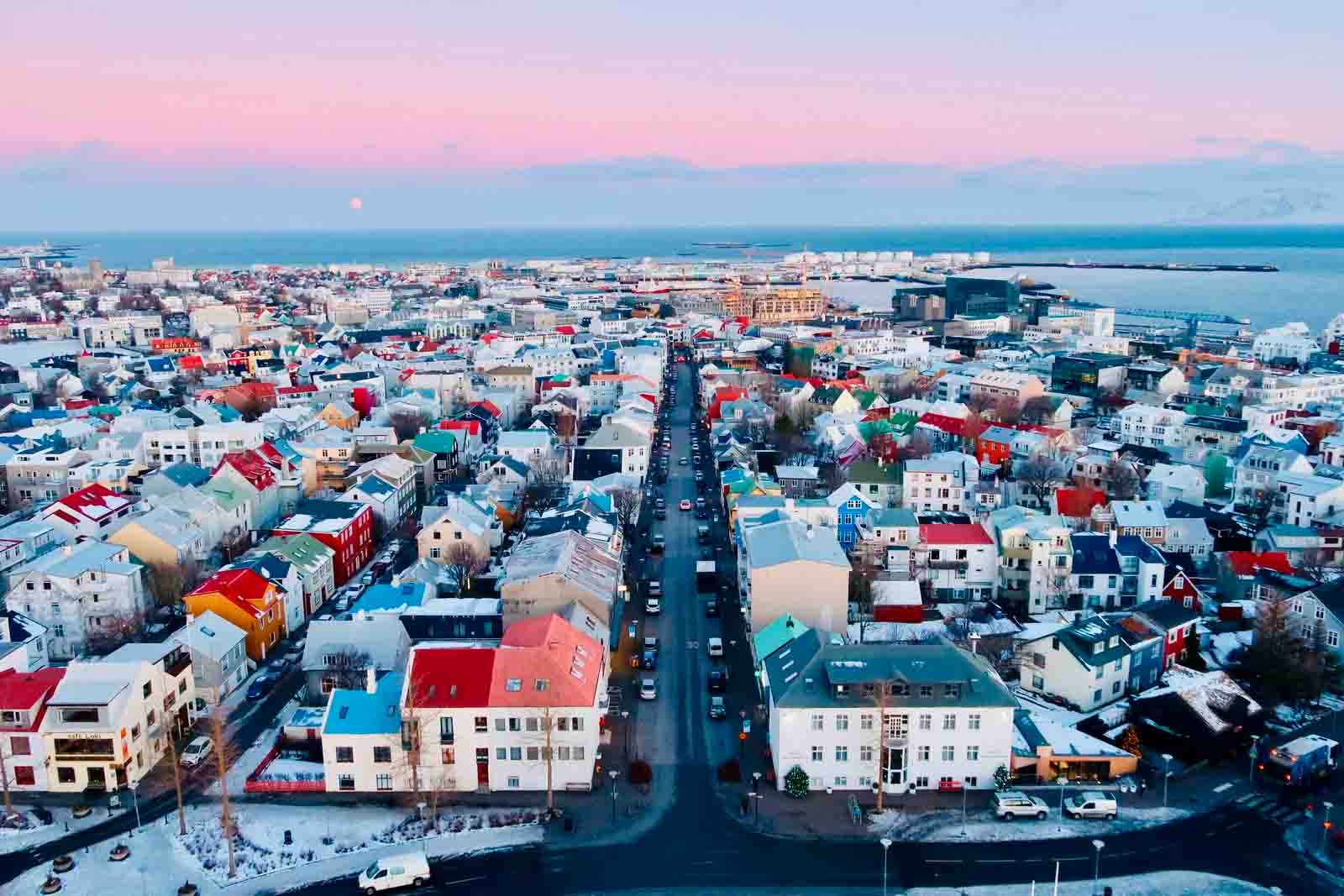
If you're looking for an unforgettable land-based experience, these remote locations have much to offer. These far-off places provide remarkable experiences and escapades that can't be located in other areas.
Expedition Ships The Key To Polar Exploration
accessibility and the diverse wildlife that's often spotted right from the start. Whether you're eager for polar bear sightings or keen to witness majestic icebergs, these journeys offer unforgettable adventures in some of the world's most remote regions.
Time and Cost Considerations for Polar Cruises
Polar cruises, whether journeying to the frigid climes of Antarctica or exploring the grandeur of Arctic fjords, are a remarkable adventure. But these thrilling voyages also come with some important considerations regarding time and cost.
Why Arctic Cruises Generally Require Less Time and Cost
The first thing you need to know is that generally speaking, an Arctic cruise can be less demanding in terms of both time and cost compared to its Antarctic counterpart. Why so? It's all about geography.
You see, being closer to populated landmasses such as North America and Europe means travel times (and thus costs) tend to be lower when heading northwards. You might start your adventure from bustling ports like Tromso in Norway or even Reykjavik in Iceland. Both offer a variety of routes taking anything from one week up - meaning more flexibility for those tight on vacation days.
Budget-wise too it can prove friendlier; while still not what many would call 'cheap', there's a broader range of options available catering towards different price points - including expedition vessels boasting creature comforts without breaking the bank.
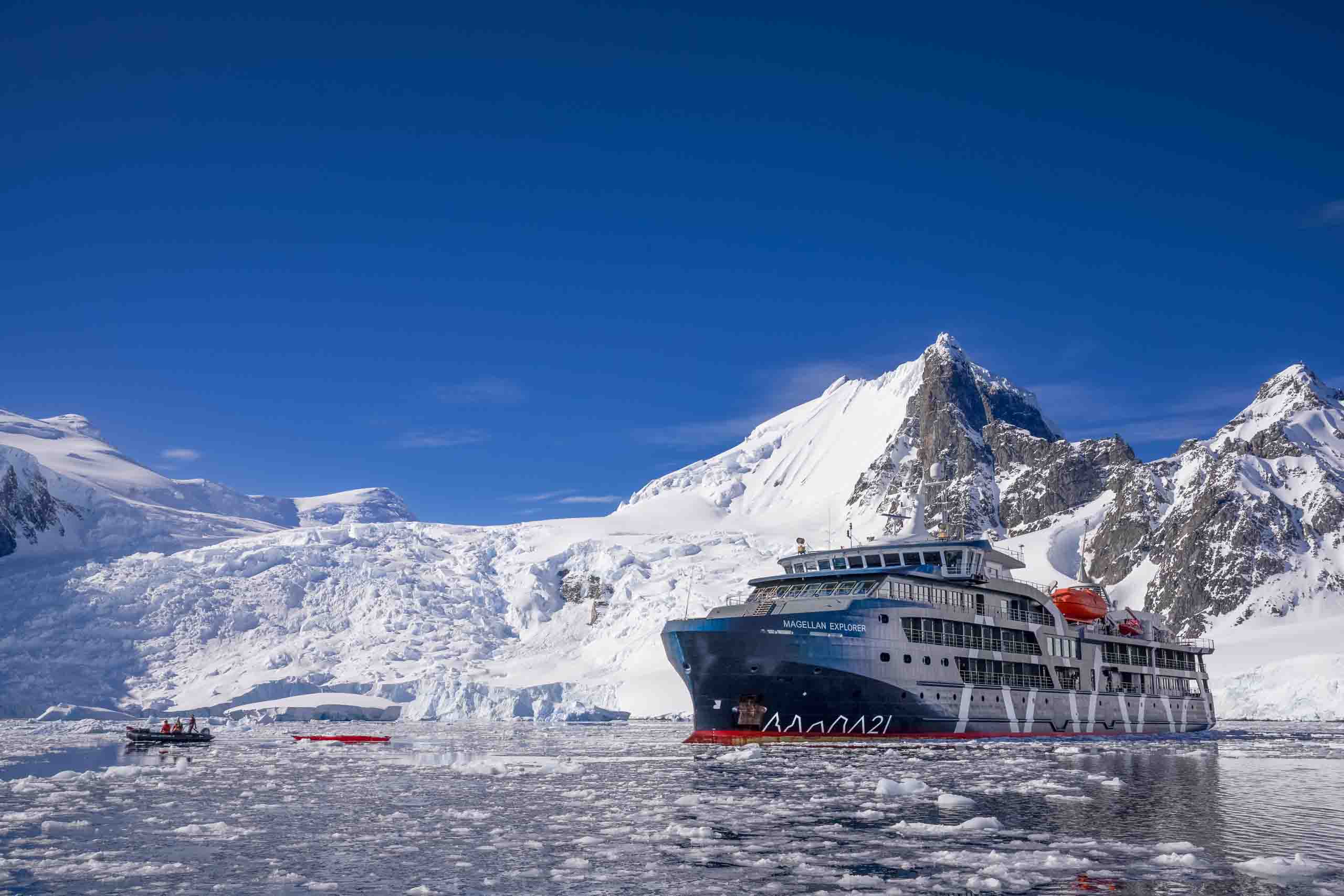
The Investment of Antarctic Cruises
Moving southward now: embarking on an Antarctic cruise. Here things ramp up considerably where both investment in time and money is concerned. The primary reason behind this increased commitment lies again within its geographical positioning – tucked away at Earth’s southernmost reaches making access significantly harder (and therefore pricier).
Most journeys to Antarctica start from Ushuaia, Argentina - the world's southernmost city. From there, you're looking at a two-day sail across the Drake Passage before reaching the Antarctic Peninsula. So we’re talking about cruises that usually last around 10 days minimum – and that’s not including international flights.
Adding to the longer travel time, vessels journeying this way face their own unique set of challenges.
Arctic and Antarctic Cruises have differences in price and time
When choosing between an Arctic or Antarctic cruise, keep in mind the time and cost differences. Generally, Arctic cruises can be less demanding on your wallet and calendar because of their closer proximity to populated areas like North America and Europe. On the flip side, voyages to Antarctica demand a larger commitment both in terms of money and time due to its remote location.
Making the Most of Your Polar Cruise Experience
When it comes to polar cruises, maximizing your experience starts with selecting a voyage that suits your interests and expectations. Whether you're seeking close encounters with unique wildlife or yearning for pristine icy landscapes, both Arctic and Antarctic expeditions offer breathtaking adventures.
Choosing the Right Expedition Cruise
The initial step in guaranteeing you have a remarkable excursion is picking the ideal voyage. If penguins are on top of your must-see list, then Antarctic cruises should be your pick. But if spotting polar bears roaming their natural habitat gives you chills (the good kind), set sail towards the Arctic.
Apart from animals, consider geographical features too. While Antarctica offers massive ice shelves and glaciers aplenty - ideal for stunning photoshoots - Arctic landscape flaunts fjords filled by crystal clear waters which reflect towering cliffs perfectly; almost like nature's own mirror.
Depending on your resources, Arctic regions may require less effort to explore than a trip to Antarctica. Generally speaking, cruising through Arctic regions, such as Svalbard or Greenland requires less commitment than voyaging all way down south to Antarctica.
Packing Essentials for a Polar Adventure
No matter where you choose to go – North Pole or South Pole – packing correctly is crucial. Always bring layers: thermal base layers under waterproof pants and jackets will help keep cold at bay while exploring outside decks during iceberg sightings or wildlife watching sessions.
Sunscreen, sunglasses, and lip balm are essential too - the sun's rays can be surprisingly strong when they bounce off snow or ice. And don't forget your camera. But remember to keep batteries warm; cold weather tends to drain them quickly.
Lastly, pack a sense of adventure. Be ready for unexpected sightings and spontaneous plan changes because Mother Nature calls the shots in these regions.
Penguins or Polar Bears
Maximize your polar cruise experience by aligning it with your interests. Whether it's Antarctic penguins or Arctic polar bears, both destinations offer unforgettable encounters. Consider the geographical features and cost when choosing between them. Regardless of where you sail to, remember packing essentials: layers for warmth, sun protection items and a camera for those stunning shots.
FAQs in Relation to Arctic vs Antarctic Small Ship Expedition Cruises
Is Arctic or Antarctic cruise better?
The choice between an Arctic and Antarctic cruise hinges on your interests. For polar bears and accessible travel, go Arctic. If you're after penguins and grand icebergs, choose Antarctica.
What is the difference between the Arctic expedition and the Antarctic expedition?
Arctic expeditions often focus on wildlife like polar bears, while Antarctic trips highlight penguin colonies. Geographical differences also affect trip experiences due to unique landscapes in each region.
What is the difference between Antarctica and the Artic?
The main distinction lies in their geography: The Arctic is a sea surrounded by continents; Antarctica is a continent circled by oceans. Wildlife species also differ greatly between these two poles.
What is the difference between a cruise and an expedition cruise?
An expedition cruise tends to be more adventurous with emphasis on exploring remote areas using small vessels, whereas traditional cruises focus mainly on relaxation with larger ships offering numerous amenities.
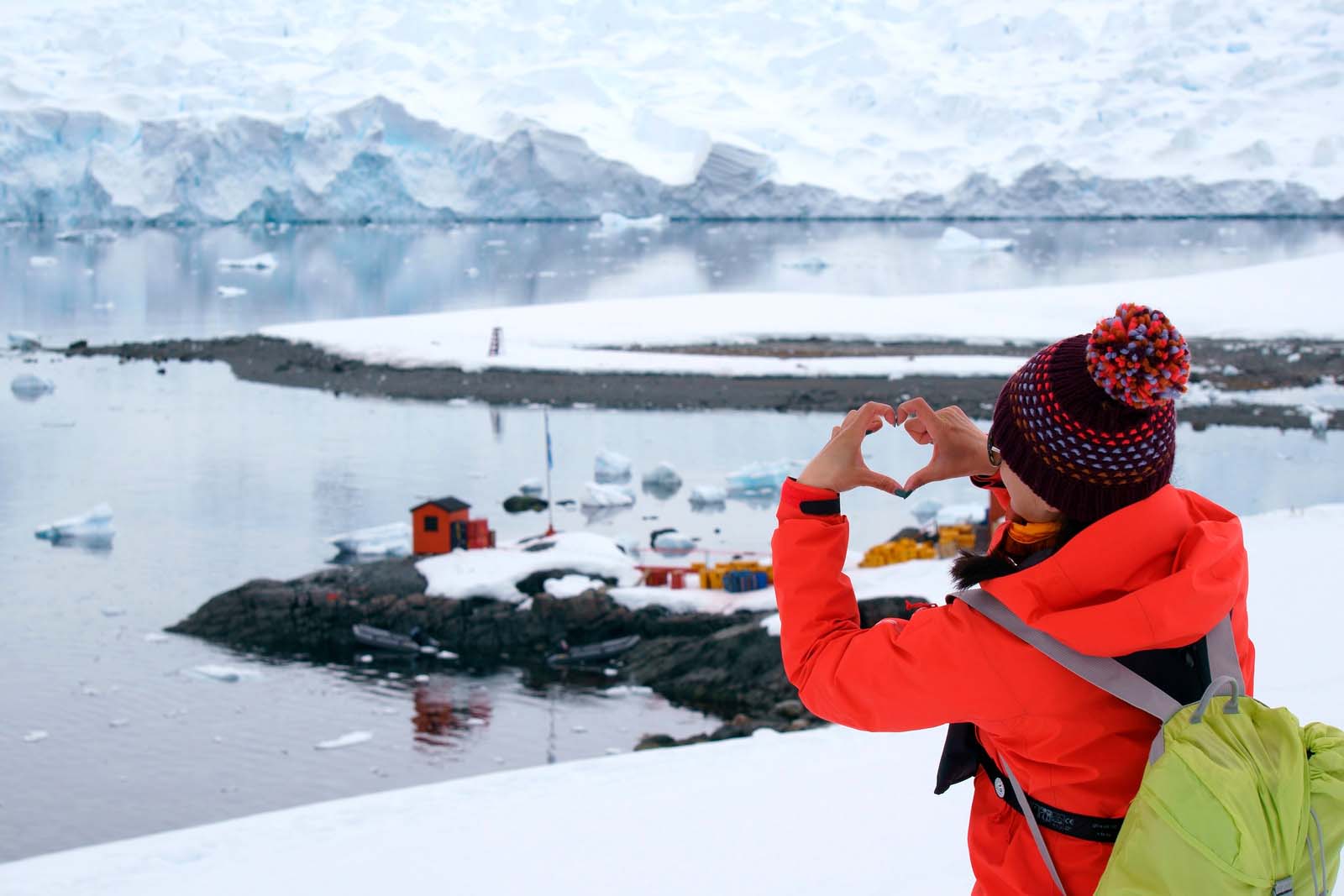
Conclusion
Arctic vs Antarctic small ship expedition cruises - they're journeys into the raw beauty of nature. From polar bears to penguins, each region offers unique wildlife encounters.
You've explored geographical differences too: The Arctic as an ocean surrounded by continents and Antarctica as a continent ringed by oceans.
You now know about access points from South America for Antarctica, and North America or Europe for the Arctic. Remember that time and cost vary between these expeditions, with Arctic trips typically requiring less investment.
To get most out of your voyage, choose the right cruise based on what you learned here today!


